Energy firm SSE has taken delivery of a hydrogen-powered van from First Hydrogen to understand the potential of the fuel in a real-world setting.
The trial, which SSE revealed it would be taking part in last month, will enable the company to evaluate the benefits of hydrogen alongside its growing fleet of electric engineering and maintenance vehicles as an alternative to fossil fuels.
The light commercial vehicle (LCV) has spent the past few weeks operating from one of SSE’s sites in Aberdeen, which is located next to a hydrogen fuel station.
After two days’ training, four SSE drivers have been using the First Hydrogen’s vehicle to carry the equipment and tools which play a key part in the engineers’ day-to-day job.
Will Hannaford, a driver for SSE, told Commercial Fleet: “First Hydrogen’s van is very pleasing to drive and is much smoother than my diesel vehicles.
“The zero-emission van will obviously improve the environmental impact of our day-to-day operations, but it has the additional benefit of performing well in city driving and recharging its battery during use, which gives it an impressive range.”
Another SSE driver, Angus Burrows, added: “Having learnt about operating a hydrogen-powered vehicle in the pre-trial training, I was excited to use the First Hydrogen’s van.
“It was also exciting to see how much work had gone into developing the vehicle and my enthusiasm has continued throughout the trial - I still find myself speaking about the vehicle in my day-to-day conversations.”
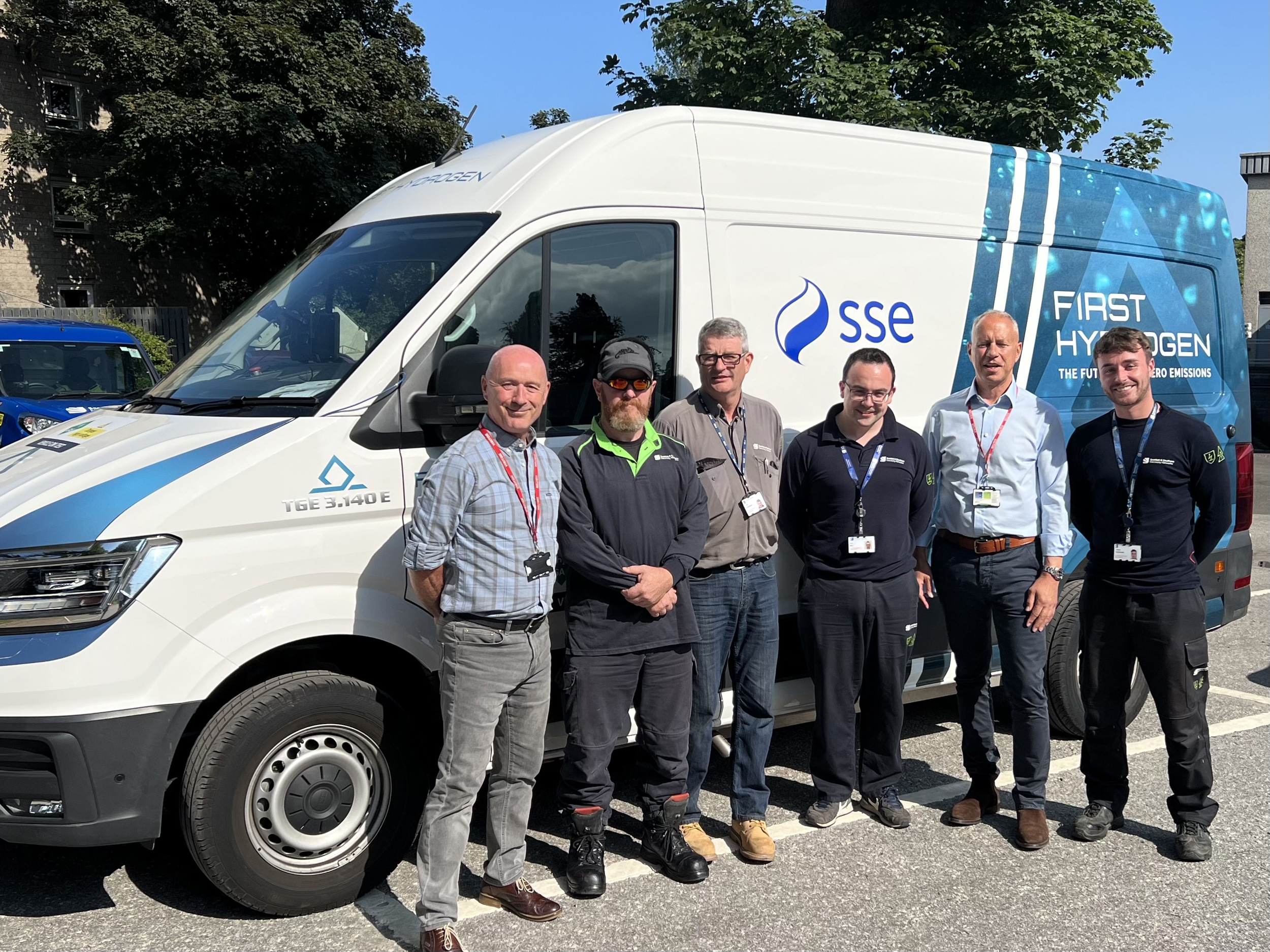
SSE currently operates one of the largest fleets in the UK and has already pledged to switch 2,500 of its vehicles to electric and install charging points for its 11,000 employees to use.
SSE vehicles work in a wide variety of operational roles and conditions, from maintaining the electricity network spanning central southern England and the north of Scotland, to navigating the diverse and challenging environments of its hydro and onshore wind farm sites.
First Hydrogen’s fuel cell electric vehicle (FCEV) can travel further on a single tank of fuel than equivalent battery electric vehicles (BEVs) on a single charge and can carry heavier loads without compromising on range.
With fast refuelling – approximately 5 minutes compared to 5 hours for BEV charging – it also means more vehicle ‘uptime’, says the manufacturer.
The vehicle will be closely monitored throughout the trial via onboard instruments. This helps First Hydrogen’s engineers to understand fuel consumption, mileage, and vehicle performance in different conditions.
It also enables them to keep track of the vehicle’s use, location, and status in real-time to keep the drivers and vehicle safe.
Ronnie Fleming, chief procurement officer at SSE, said: “In line with our commitment to net zero and EV100 pledge to electrify our fleet, we’re keen to explore all alternative fuel options.
“It’s been really interesting to see the vehicle in action, for our drivers to experience how it operates in practice and for our fleet managers to evaluate how hydrogen vehicles could fit into our future fleets should the infrastructure further develop.”
Steve Gill, CEO for First Hydrogen Automotive, sees the future of zero emissions transport as a mix of technologies to suit different vehicle types and usage, with fleets comprising hydrogen fuel cell and BEVs.
He said: “We are thrilled to be operating in Aberdeen, which is already championing hydrogen use and is establishing good infrastructure.
“Trialling the van in the north-east of Scotland will help us to demonstrate how hydrogen vehicles can carry larger payloads and to compare operational performance in scenarios where BEVs are currently used.
“Data collected during the trial will help us to optimise the vehicle, demonstrate its capabilities for future customers and inform further development.”



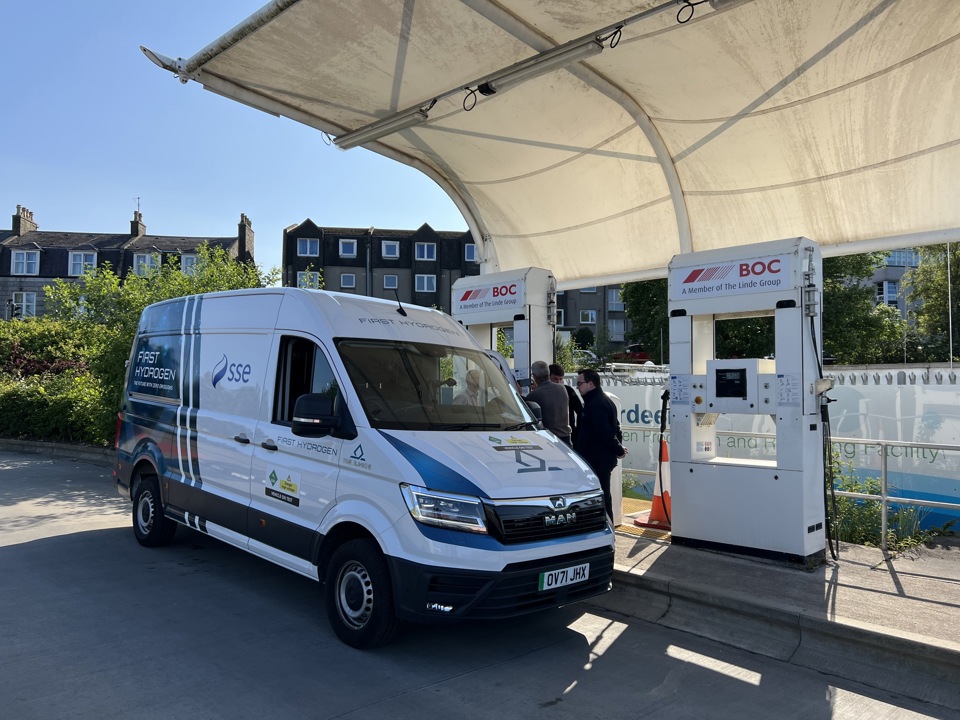

















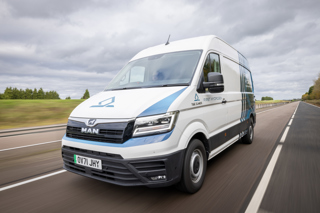
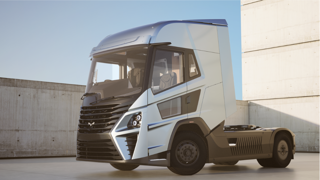
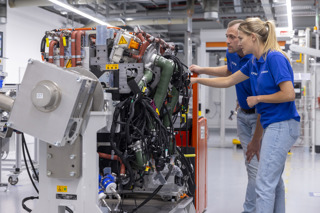
Login to comment
Comments
No comments have been made yet.